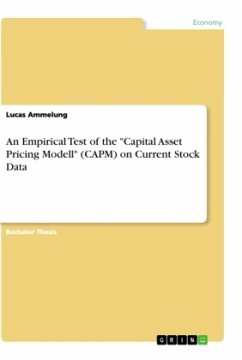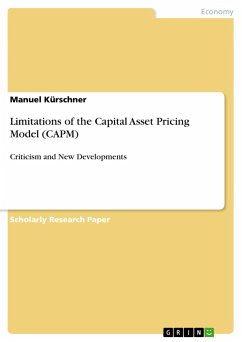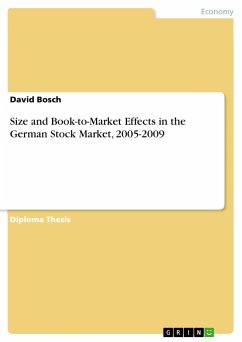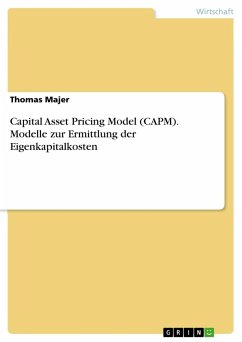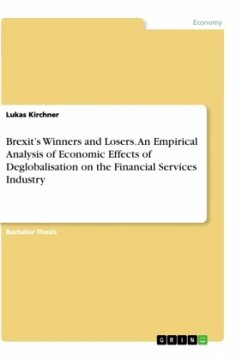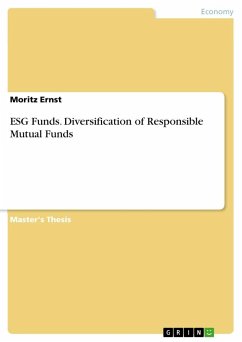Bachelor Thesis from the year 2020 in the subject Business economics - Banking, Stock Exchanges, Insurance, Accounting, grade: 1,3, Munich University of Applied Sciences, language: English, abstract: The goal of this study is thus to determine the best available asset pricing model in Germany and whether the use of pre-existing datasets, with the factors already calculated, brings results as accurate as a custom dataset. This is relevant in Germany as the CAPM is still the most commonly used way to compute the cost of equity with 34% of companies using it. Another 16% of companies are using asset pricing models with additional risk factors. To determine the answer to this, this study will look into the aforementioned three most commonly used models: the CAPM, the Fama and French three-factor model and the Carhart four-factor model. After explaining the background and functioning of the CAPM, this study will show the flaws within the model and how these flaws led to extensions of the CAPM. Each model will then be statistically analyzed with three distinct sets of data. Two of these are publicly available, while the last has been calculated for this study. Lastly, to understand how the difference in data used can influence the results from asset pricing models, the runtime and underlying factor of datasets will be modified, re-analyzed and compared to the initial results.

